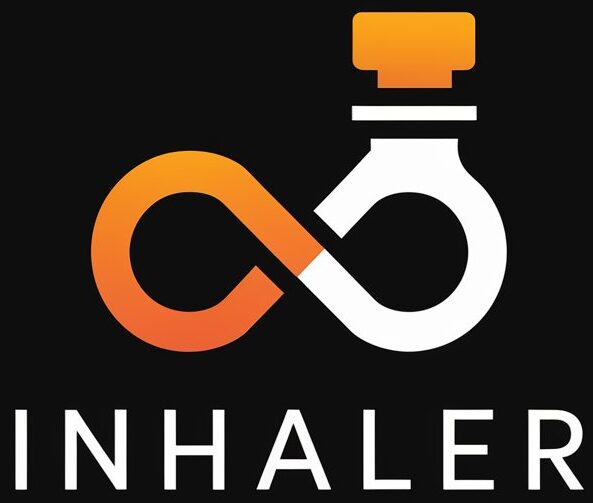Inhalers are used worldwide by millions of people suffering from respiratory diseases like asthma, bronchitis,
and chronic obstructive pulmonary disease (COPD). Despite being an integral part of many patients’ life, there
is still a lot of confusion regarding their proper use. This article aims to help you understand the basics of inhalers
aiding in their efficient and correct use.
What is an Inhaler?
An inhaler is a medical device designed to deliver medication into the body via the lungs. It is commonly
used in the treatment of respiratory diseases. The medication is most often inhaled, allowing it to enter the lungs and
address respiratory symptoms directly.
Types of Inhalers
There are generally two types of inhalers: Metered Dose Inhalers (MDI) and Dry Powder Inhalers (DPI).
Metered Dose Inhalers (MDI)
MDIs deliver the medication in the form of aerosol or mist that the patient inhales. The inhaler is compact and portable,
with a pressurized canister containing the medicine. When used, it releases a burst of medicine into the patient’s airway and lungs.
Dry Powder Inhalers (DPI)
DPIs contain the medication in the form of a dry powder. Here, the patient inhales the medicine more rapidly and deeply than
with an MDI. DPIs are also breath-activated; the medication is released when the patient takes a deep,fast breath.
The Correct Way to Use an Inhaler
Regardless of the type, correct usage of inhalers is crucial. Here is a step-by-step guide for using them:
- Always start with thoroughly washed hands to prevent contamination.
- Shake the inhaler before use (for MDIs).
- Remove the cap and hold the inhaler upright.
- Breathe out normally, hold the mouthpiece up to your mouth, and seal with your lips.
- As you start to breathe in slowly, press down on the inhaler to release the medicine (for MDIs) or take
a fast deep breath (for DPIs). - Hold your breath for about 10 seconds to allow the medication to reach the lungs.
- It is recommended to rinse your mouth with water after using an inhaler to prevent side effects.
Conclusion
Understanding inhalers, their types, and proper usage can make a marked difference in managing respiratory diseases.
These devices are critical to delivering medication effectively to the lungs, and incorrect usage might lead to inefficient
treatment. It’s essential to follow your healthcare provider’s instructions and seek help if you’re having trouble using your
inhaler appropriately.
Frequently Asked Questions
-
Can I use someone else’s inhaler?
No. Inhalers are prescribed specifically for each individual’s needs. Using someone else’s inhaler can cause
side effects or an allergic reaction. -
What happens if I take too much inhaler medication?
Overdosing might result in severe side effects. If you suspect you’ve taken too much medication, contact
your healthcare provider immediately. -
How can I tell when my inhaler is empty?
Some inhalers have dose counters to indicate when it’s empty. If not, shake it and listen for any
remaining contents. -
What should I do if my inhaler isn’t working?
Contact your healthcare provider immediately. You might be using it incorrectly, or it might be faulty.
-
Why, despite using my inhaler, are my symptoms not improving?
Several factors could contribute, including incorrect inhaler usage, wrong diagnosis, or progressing disease. It’s
best to consult your healthcare provider for a thorough examination.

